Rome - Around the City
Back to Italy 2016 Index
Colosseum
Bus Tour
Rome at Night
Vatican and St. Peter's
Rome's history spans more than two and a half thousand years. While Roman mythology
dates the founding of Rome at only around 753 BC, the site has been inhabited for much longer,
making it one of the oldest continuously occupied sites in Europe. The city's early population
originated from a mix of Latins, Etruscans and Sabines. Eventually, the city successively became
the capital of the Roman Kingdom, the Roman Republic and the Roman Empire, and is
regarded as one of the birthplaces of Western civilisation and by some as the first ever metropolis.
It was first called urbs aeterna (The Eternal City) by the Roman poet Tibullus in the 1st century
BCE, and the expression was also taken up by Ovid, Virgil, and Livy. Just riding the bus from our
hotel to the Vatican we saw wonderful sights and beautiful art along the Tiber River.
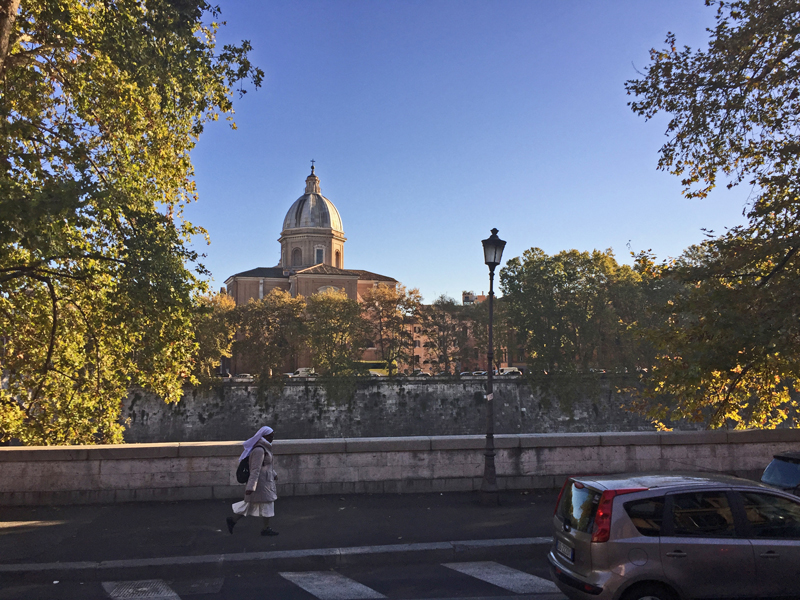
|
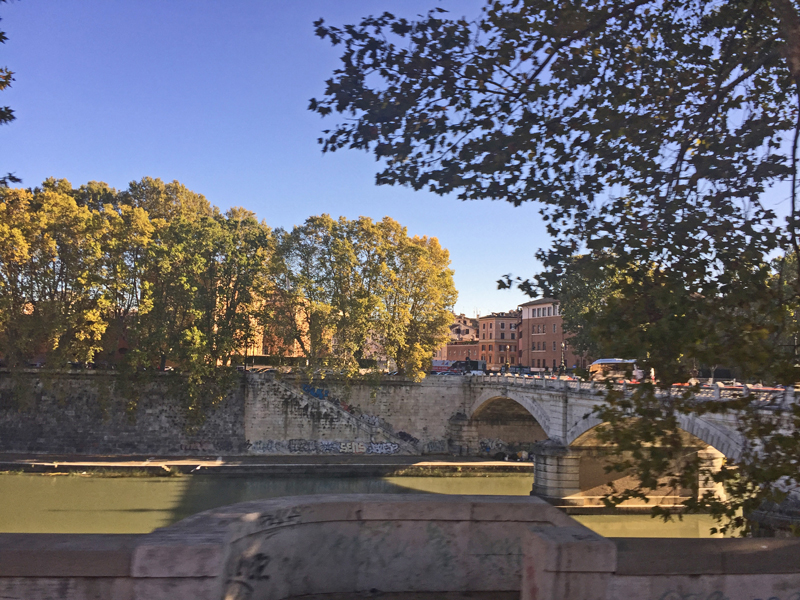 |
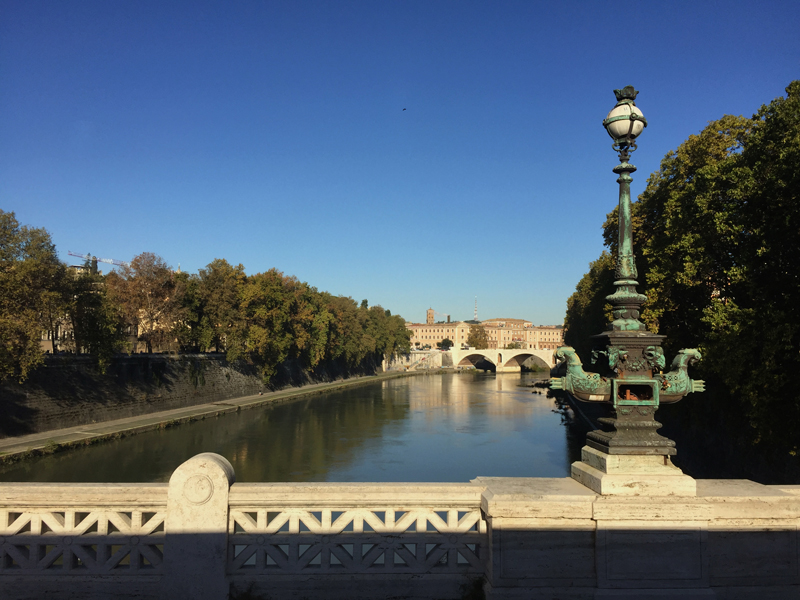 |
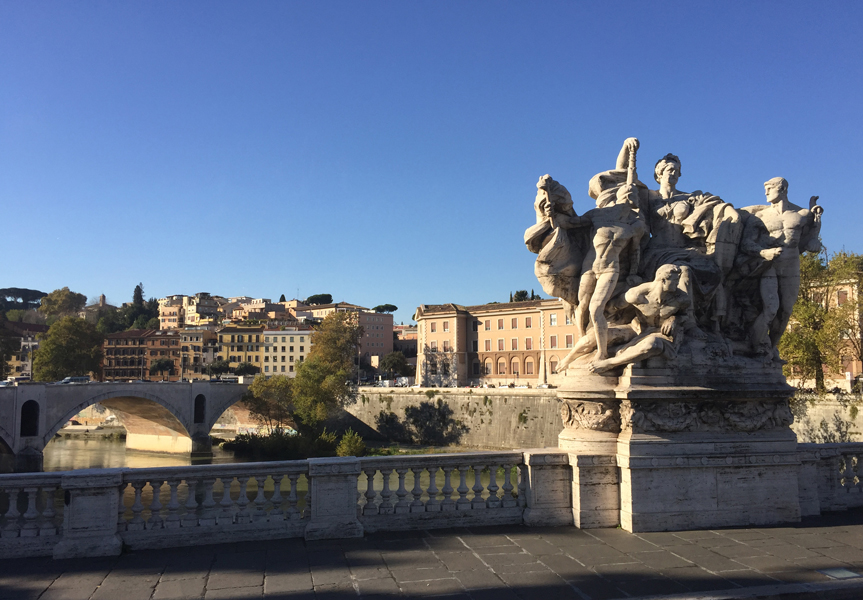 |
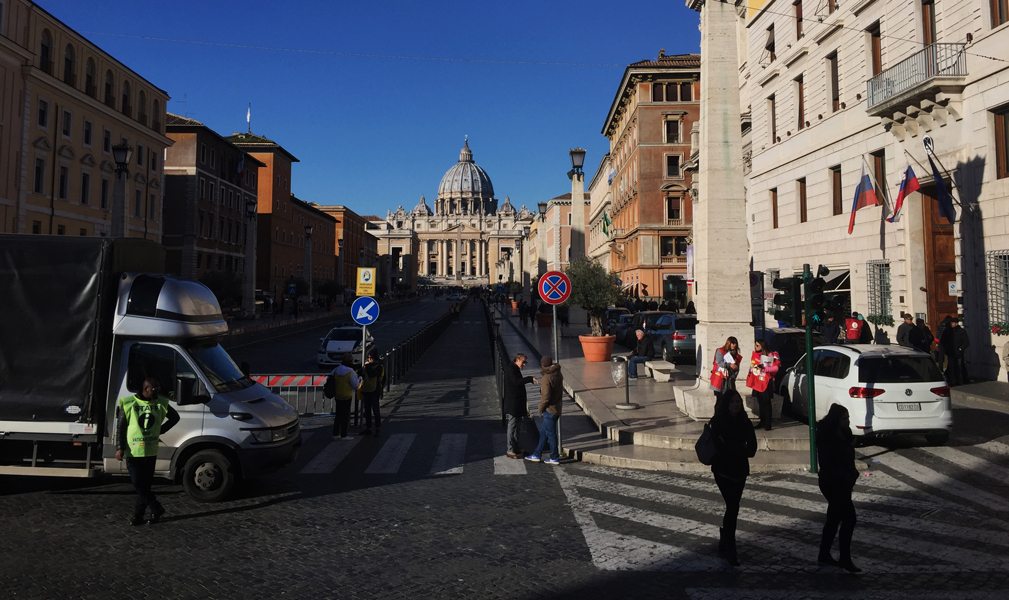 |
| St. Peter's Basilica. |
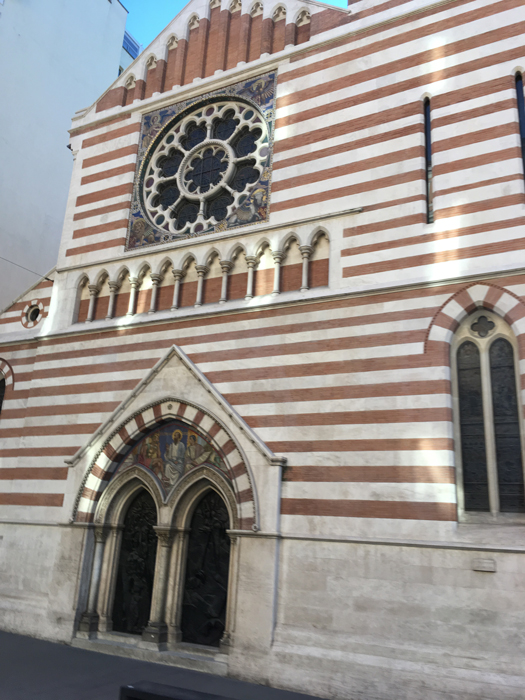 |
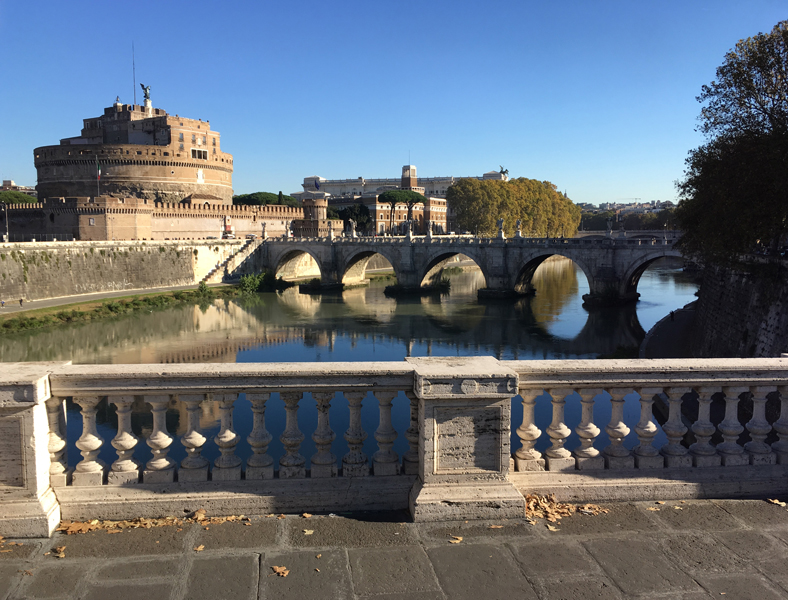 |
| Stone
and squat, the Castel Sant’Angelo overlooks the flowing Tiber and its
bridge of marbled angels, Ponte Sant'Angelo. Seen from The Ponte Vittorio Emanuele II. Originally designed as a mausoleum for
Emperor Hadrian, the building served as a fortress for popes before
becoming the museum it is today. |
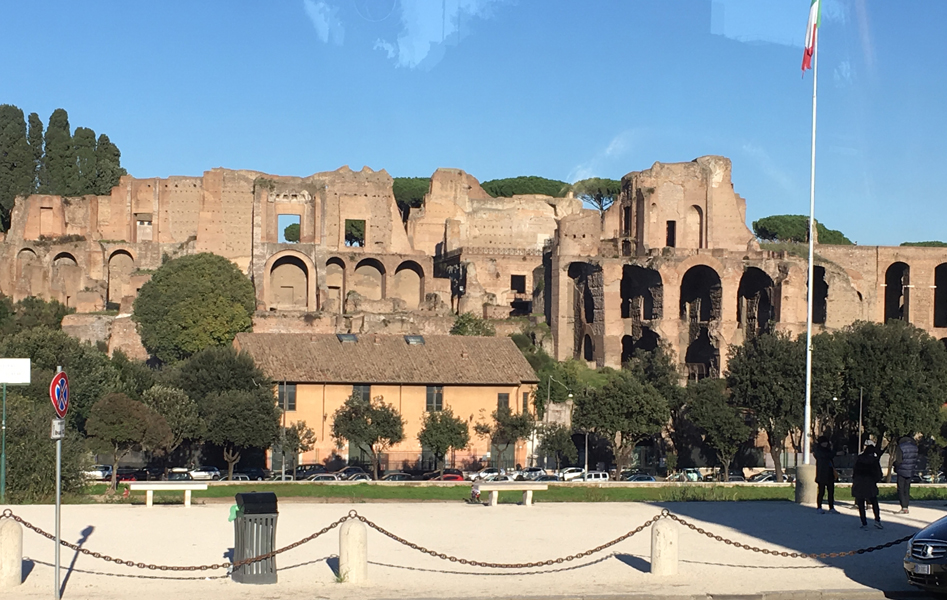 |
| Ruins
on the Palatine Hill overlook the Circus Maximus. They were once
palatial estates of roman emperors and wealthy citizens. |
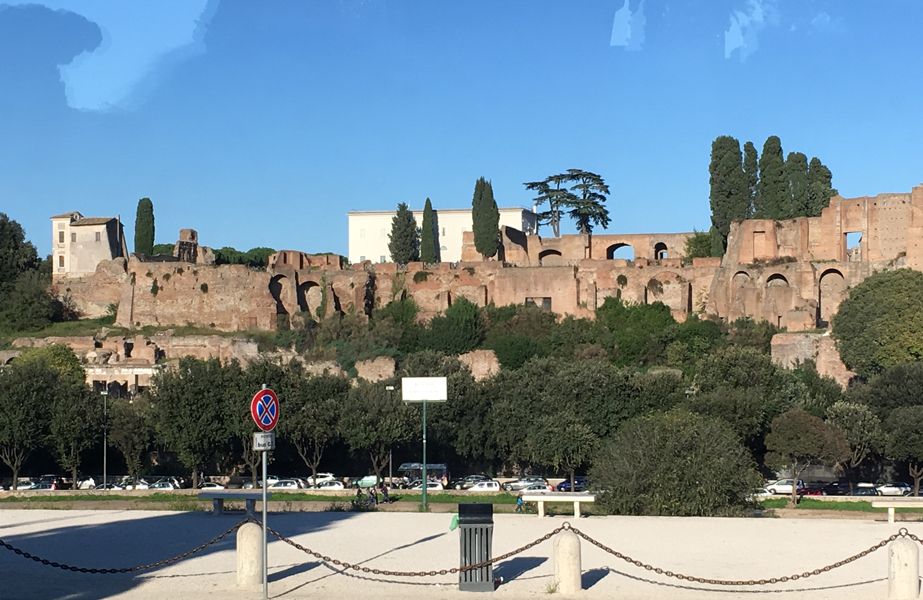 |
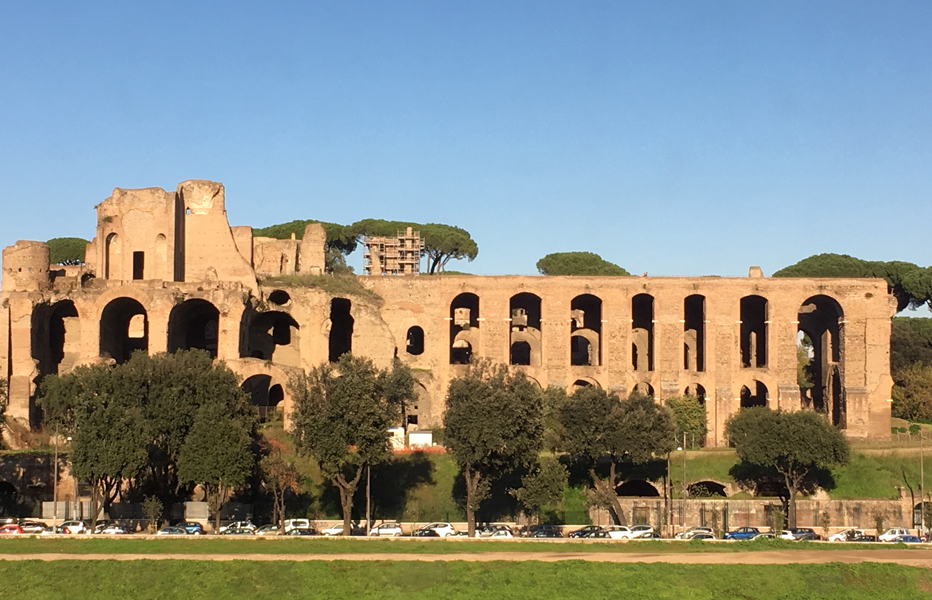 |
The Catacombs
Rome has extensive amount of ancient catacombs, or underground burial places under or near
the city, of which there are at least forty, some discovered only in recent decades. Though most
famous for Christian burials, they include pagan and Jewish burials, either in separate
catacombs or mixed together. The first large-scale catacombs were excavated from the 2nd
century onwards. Originally they were carved through tuff, a soft volcanic rock, outside the
boundaries of the city, because Roman law forbade burial places within city limits. Currently
maintenance of the catacombs is in the hands of the Papacy, which has given the Salesian order
of Don Bosco the supervision of the Catacombs of St. Callixtus.
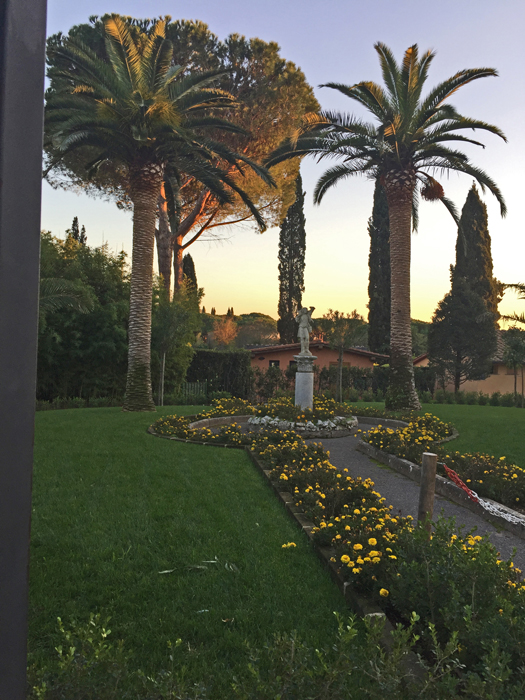 |
| Sited
along the Appian way, the Catacombs of Callisto were built after AD
150. They take their name from the deacon Saint Callixtus. Upon his
accession as pope, Zephyrinus enlarged the complex, and it quite soon became the
official burial site for the Roman Church. The arcades, where more than fifty
martyrs and sixteen pontiffs were buried, form part of a complex
graveyard that occupies fifteen hectares and is almost 20 km (12 mi)
long. |
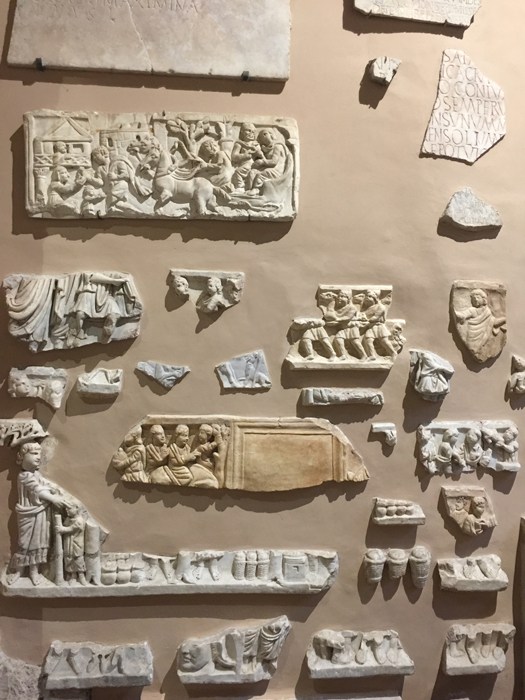 |
| Remnants
of slabs which were used to seal the openings of the individual burial
niches. Mostly destroyed by invading barbarian tribes looting the
tombs. |
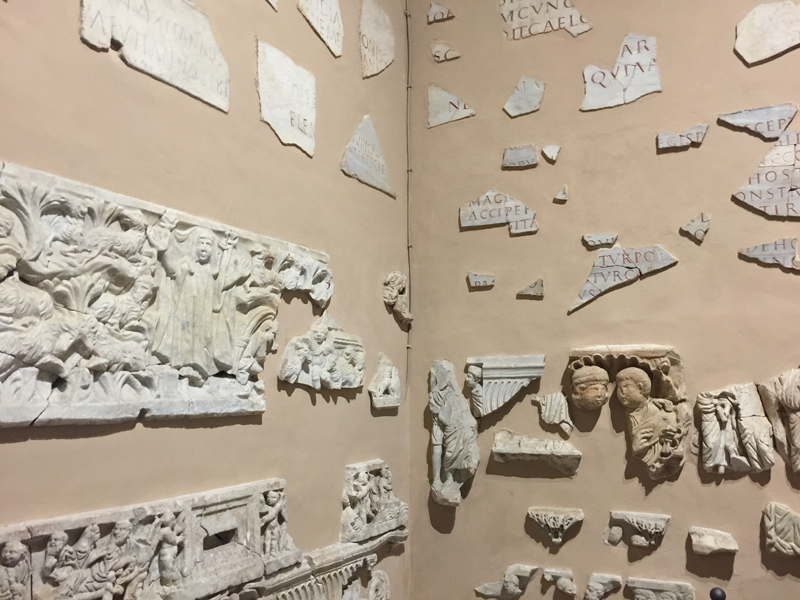 |
Views from the Roof of Our Hotel
 |
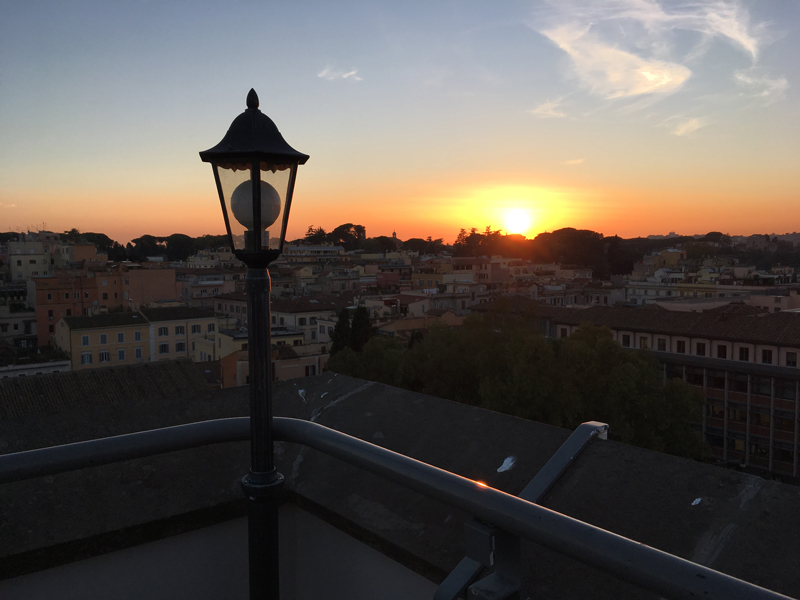 |
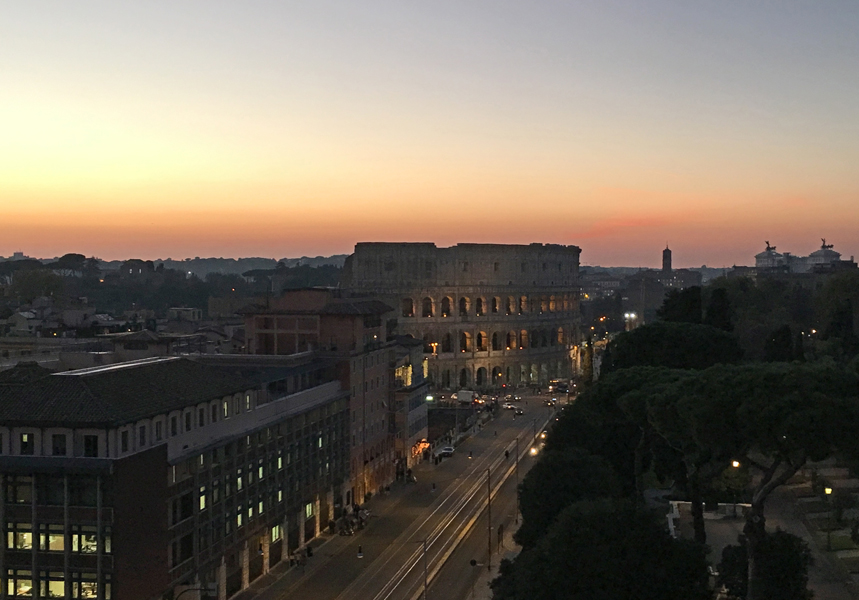 |
Dining Out Italian Style
We went to a nice restaurant in Trastevre with friends from our tour group.
We wanted to 'let it all hang out' for a really delicious taste of Italian cuisine
our second-to-last night in Rome!
 |
 |
 |
 |
 |
 |
 |
 |
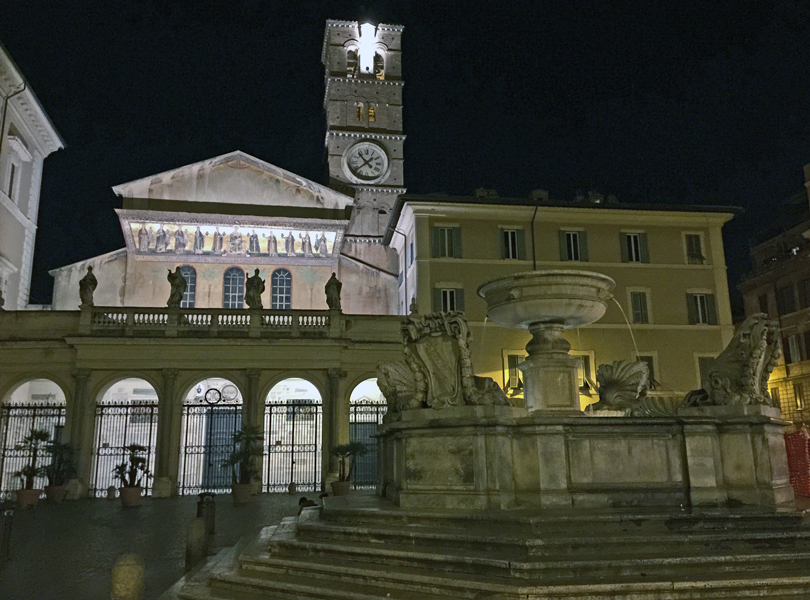 |
| Walking
back to the taxi stop, we pass by The Basilica of Santa Maria in
Trastevre, one of the oldest churches of Rome. The basic floor plan and
wall structure of the church date back to the 340s. A
Christian house-church was founded here about 220 by Pope Callixtus I (217–222) on the site of the Taberna meritoria, a refuge
for retired soldiers. The area was made available for Christian use by
Emperor Alexander Severus when he settled a dispute between the
Christians and tavern-keepers, saying, according to the Liber
Pontificalis "I prefer that it should belong to those who honor God,
whatever be their form of worship." |
Back to Italy 2016 Index
Colosseum
Bus Tour
Rome at Night
Vatican and St. Peter's